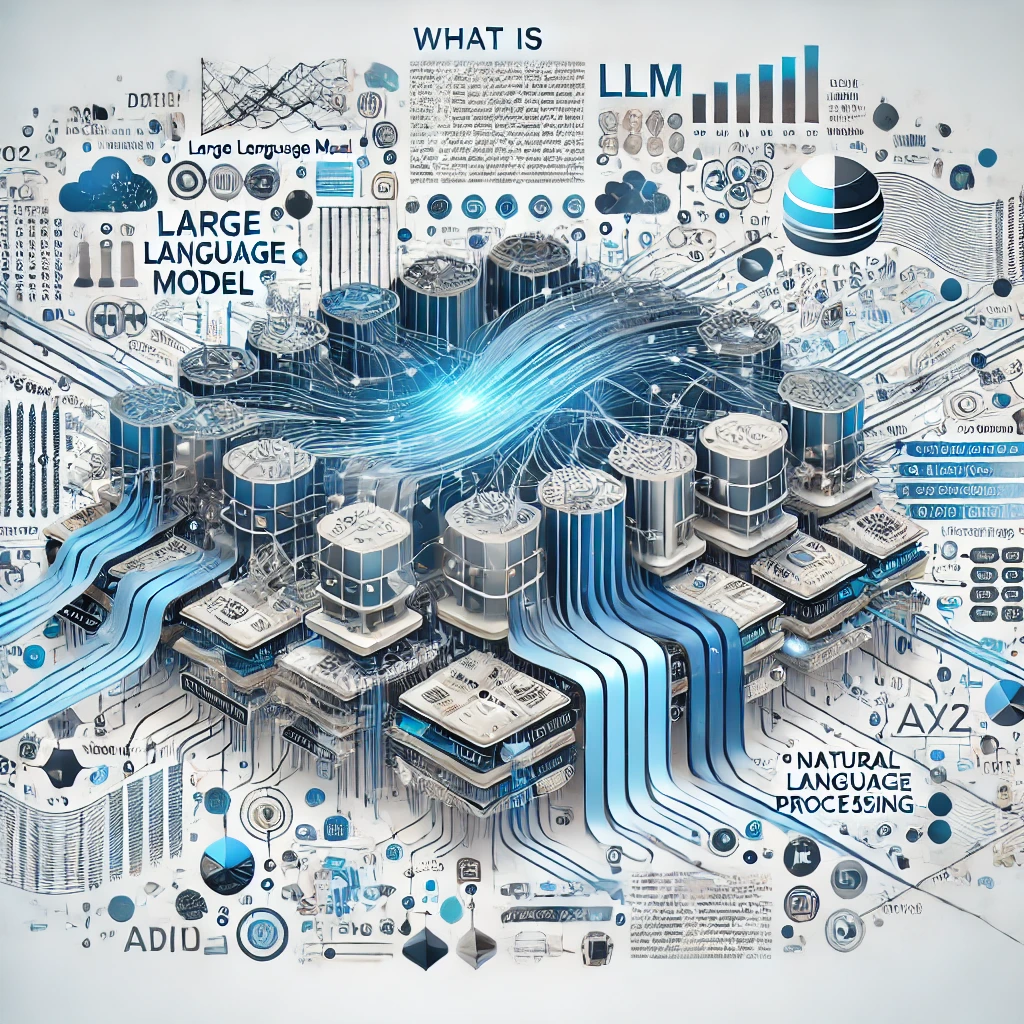Cybersecurity in Agriculture: Protecting Smart Farms and Food Supply Chains

Categories:
4 minute read
As agriculture increasingly embraces digital technologies, the importance of cybersecurity cannot be overstated. The integration of smart farming practices and advanced agricultural technologies has revolutionized the industry, but it has also introduced significant vulnerabilities. This blog post delves into the cybersecurity challenges faced by the agricultural sector, the implications for food supply chains, and strategies for enhancing security measures.
The Rise of Smart Farming
Smart farming, characterized by the use of IoT devices, AI, and data analytics, has transformed traditional agricultural practices. Farmers can now monitor crops in real-time, optimize resource use, and enhance productivity. For instance, precision agriculture technologies allow farmers to collect vast amounts of data—an average farm generates about half a million data points daily[2]. However, this digitization also expands the attack surface for cybercriminals.
Cybersecurity Threats in Agriculture
Ransomware Attacks: Cybercriminals are increasingly targeting agricultural operations with ransomware. These attacks can disrupt production processes and cause significant financial losses. For example, ransomware can disable critical systems that control irrigation or crop management tools[3].
Data Breaches: Insecure digital devices can lead to unauthorized access to sensitive information such as personal identifiable information (PII) and proprietary crop data. A breach could result in identity theft or financial loss for farmers and agribusinesses[1].
Supply Chain Vulnerabilities: The agricultural supply chain is complex and often relies on third-party vendors for various services. Weak security practices among these vendors can expose farmers to cyber threats. Attackers can exploit these weak links to gain access to larger agricultural enterprises[2].
Manipulation of Agricultural Data: Cybercriminals may manipulate data generated by smart farming technologies to undermine local agriculture. For instance, altering weather forecasts or soil conditions could lead to poor decision-making by farmers[1]. Implications for Food Security
Cybersecurity threats in agriculture pose a significant risk to global food security. Large-scale cyberattacks targeting smart farming technologies can disrupt food production at local, regional, or even national levels. The consequences could lead to widespread hunger and economic instability[3].
The interconnected nature of modern agriculture means that a successful attack on one part of the supply chain can have cascading effects throughout the entire system. For example, if a cyberattack disrupts logistics providers’ operations, it could delay deliveries of essential supplies like seeds and fertilizers, leading to shortages and increased prices for consumers[3].
Strategies for Enhancing Cybersecurity
To mitigate cybersecurity risks in agriculture, stakeholders must adopt comprehensive strategies that encompass technology, policy, and education.
1. Strengthening Vendor Security
Agribusinesses should ensure that all third-party vendors adhere to stringent cybersecurity standards. This includes conducting regular security assessments and requiring vendors to implement robust data protection measures[2].
2. Employee Training and Awareness
Regular training programs should be instituted to educate employees about potential cyber threats such as phishing campaigns and social engineering tactics. Awareness initiatives can help cultivate a culture of cybersecurity consciousness within agricultural organizations[4].
3. Implementing Advanced Security Technologies
Investing in advanced cybersecurity technologies is crucial for protecting agricultural operations. This includes deploying firewalls, intrusion detection systems, and encryption protocols to safeguard sensitive data transmitted between devices[5].
4. Developing Incident Response Plans
Agricultural businesses should establish comprehensive incident response plans that outline procedures for responding to cyber incidents. These plans should include steps for identifying breaches, mitigating damage, and communicating with stakeholders during an incident[4].
5. Collaborating with Cybersecurity Experts
Engaging with cybersecurity professionals can provide valuable insights into emerging threats and best practices for securing agricultural technologies. Regular audits conducted by external experts can help identify vulnerabilities before they are exploited by attackers[3].
Future Outlook: The Role of Policy in Cybersecurity
As digital agriculture continues to evolve, there is a pressing need for regulatory frameworks that address cybersecurity issues specific to this sector. Many low- and middle-income countries lack comprehensive laws governing agricultural technology security, leaving farmers vulnerable to cyber threats[1].
Governments should work collaboratively with industry stakeholders to develop policies that promote best practices in cybersecurity across the agricultural landscape. This includes establishing guidelines for data privacy and security standards tailored specifically for agribusinesses.
Conclusion
The integration of technology into agriculture has brought about unprecedented opportunities for efficiency and productivity; however, it also presents significant cybersecurity challenges that must be addressed proactively. By adopting comprehensive security measures, fostering collaboration among stakeholders, and advocating for regulatory frameworks that prioritize cybersecurity in agriculture, we can protect our food supply chains from emerging threats.
As we move forward into an increasingly digital future, ensuring the resilience of our agricultural systems against cyber threats will be paramount not only for farmers but also for global food security as a whole.
Citations: [1] https://www.usaid.gov/sites/default/files/2023-10/Cybersecurity%20Briefer_Agriculture%20and%20Food%20Security.pdf [2] https://shardsecure.com/blog/data-security-agriculture [3] https://www.tripwire.com/state-of-security/need-cybersecurity-agriculture [4] https://agamerica.com/blog/protecting-farm-technology-against-cybersecurity-threats/ [5] https://www.secunet.com/en/farming-and-it-security [6] https://www.cisa.gov/topics/critical-infrastructure-security-and-resilience/critical-infrastructure-sectors/food-and-agriculture-sector [7] https://www.linkedin.com/pulse/ag-tech-cyber-security-risks-mitigation-strategies-oranats-5vjje [8] https://www.sciencedirect.com/science/article/abs/pii/S0168169924007920
Feedback
Was this page helpful?
Glad to hear it! Please tell us how we can improve.
Sorry to hear that. Please tell us how we can improve.